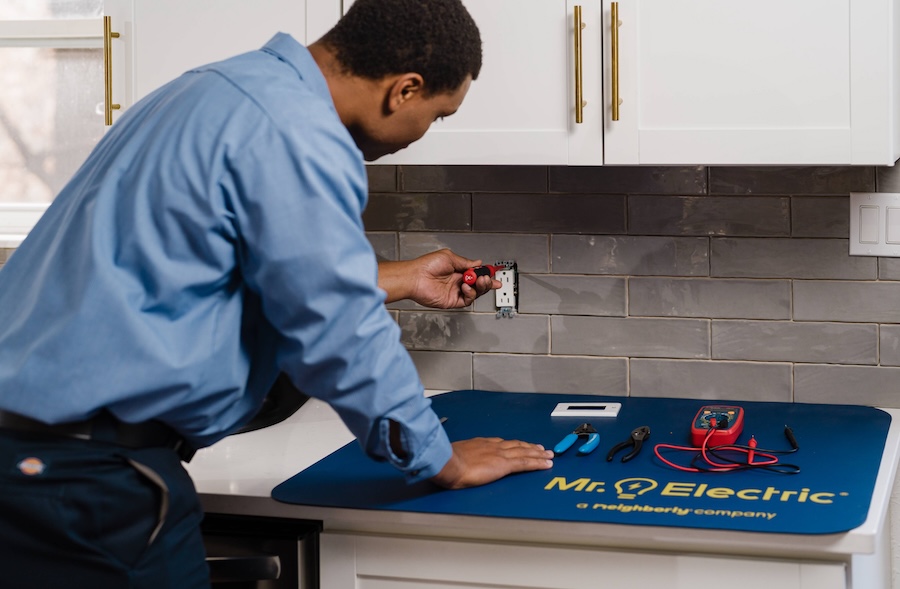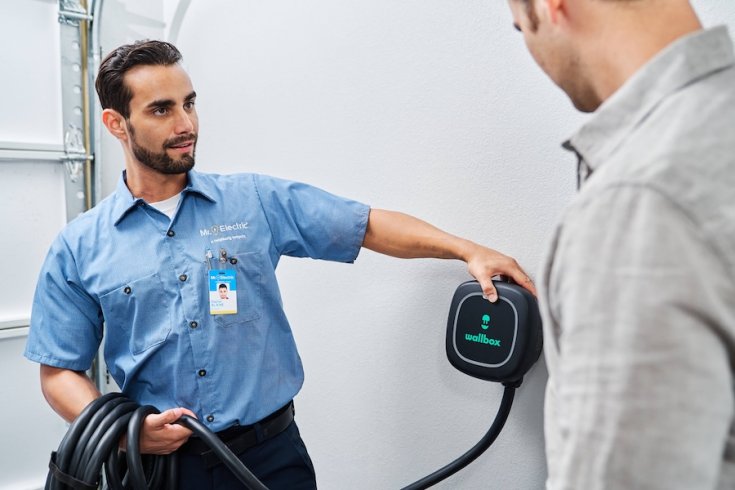Is My Electrical Outlet Dead?
If you’re reading this, you’ve probably tried to plug a device or an appliance into an electrical outlet and found that it doesn’t receive any power. This can be frustrating, especially when you want to use a vital appliance like your computer or a kitchen appliance. Luckily, this problem is easy to troubleshoot. Before you call an electrician near me, you’ll want to check a few simple things yourself.
There are many reasons why an electrical outlet may stop working. It may happen that the outlet itself is worn out or burnt out, or the circuit breaker has tripped, thereby cutting off power. If the outlet is a GFCI outlet, it may have tripped due to a ground fault. GFCI outlets are designed to sense imbalances in the electrical current and automatically shut off power to prevent electrical shocks or damage.
How To Troubleshoot An Electrical Outlet
- Check the Circuit Breaker
If your electrical outlet isn’t working, start by inspecting the circuit breaker panel. A tripped breaker could be the reason for the outage. Open the panel and look for any switches in the “off” position or halfway between “on” and “off.” Reset the breaker by switching it fully off and then back on. If the breaker trips again immediately, it could be a sign of a more serious issue, such as an overload or short circuit, and may require professional assistance from an electrician near me.
- Test the Electrical Outlet
To determine if the outlet itself is the problem, plug in a working device, like a lamp or phone charger. If the device doesn’t power on, test other nearby outlets to see if the issue is isolated. Using a multimeter, you can check if the outlet is delivering the proper voltage. If the reading is zero or inconsistent, the outlet may be faulty and require replacement or further inspection by a licensed electrician.
If the outlet in question is a GFCI (Ground Fault Circuit Interrupter), it may have tripped to prevent electrical hazards. Locate the test and reset buttons on the outlet. Press the reset button firmly and check if the outlet begins working again. If it doesn’t reset or trips repeatedly, there may be an underlying wiring issue, moisture buildup, or a ground fault, which should be evaluated by an electrician to ensure safety.
- Check the Plug and Cord
Sometimes the issue isn’t with the outlet but with the device itself. Inspect the plug and cord for any visible damage, such as fraying, cuts, or burn marks. Test the device in another outlet to rule out internal faults. If the device works elsewhere, the outlet may need repair or replacement. However, damaged plugs or cords should be replaced, as they pose fire and electrical hazards.
Trustworthy Electrical Outlet Services
If your electrical outlet is truly dead, call the electricians at Mr. Electric for local electrical outlet repair or replacement. The average lifespan of electrical outlets is 15 years. If yours are approaching the end of their lifespan, it is a good idea to consider replacing them as soon as possible. Aging outlets may be loose, unreliable when it comes to power supply, and a safety hazard. New outlets are safer, energy efficient, more reliable, and code compliant. The experienced electricians at Mr. Electric are here to help you install and repair all of your electrical outlets.







